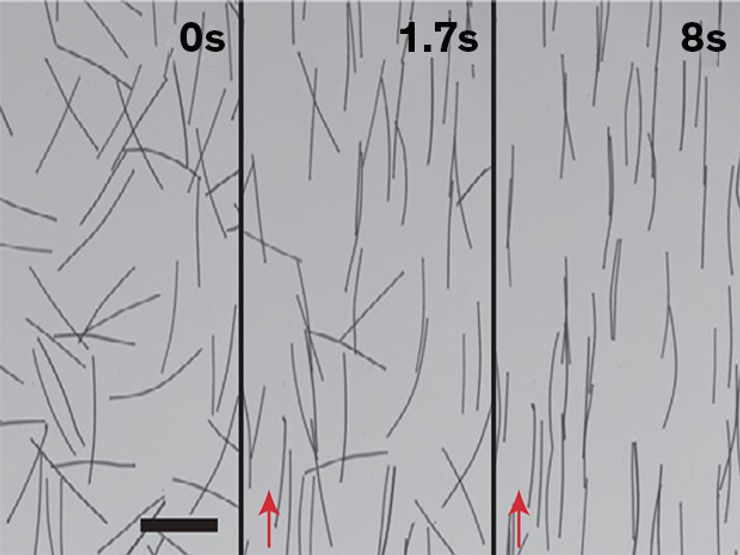Researchers got the way to Further Improve the Power Density of Li-ion Battery 3 times with Magnetic Templating.
As Li-ion battery is popular for Electric Vehicle application due to their higher energy density and fast charging capability. However, energy density is still very low as compared to chemical energy of petrol and diesel use in IC Engines. Researchers around the world shown great interest on improving capacity and life of batteries to be used in EV applications.
Latest Research in Li-ion Battery Technology
Researchers at MIT have developed a manufacturing approach for the electrode material of Li-ion battery that should lead to a threefold higher area capacity for conventional electrodes. The technique the MIT team developed involves using an external magnetic field to align pores in the electrode material in a particular way to achieve these much higher capacity numbers.

Photo: MIT
Future EVs will have three time higher range than today, for the same wight and size of vehicle.
You’ll be posting loads of engaging content, so be sure to keep your blog organized with Categories that also allow visitors to explore more of what interests them.
The way heating the material may change the basic property of the material, controlled magnetic field may also change the property of material. Magnetic field alignment enables thick-electrode batteries with a higher energy density at a lower cost. Process of magnetic fields alignment called Magnetic Templating. Properties of material called Anisotropy where property of substances to exhibit variations in physical properties along different molecular axes.
According to research, structures with anisotropic pores aligned in the direction of charge transport. It has an advantage because they enable faster transport at high pore density. This means that despite its thickness, a really thick electrode material with a high storage capacity can still have fast transport. Unfortunately, Li-ion batteries of today are not designed to take advantage of this anisotropic property.
Summary:
- Magnetic field can make better li-ion batteries for electric vehicle.
- Future battery research area includes magnetic with material science.
Reference:
- IEEE: Nenocast, Semiconductor, Material (Spectrum)
- Journal: Nature Energy
Read more articles on Electric Vehicle Technology